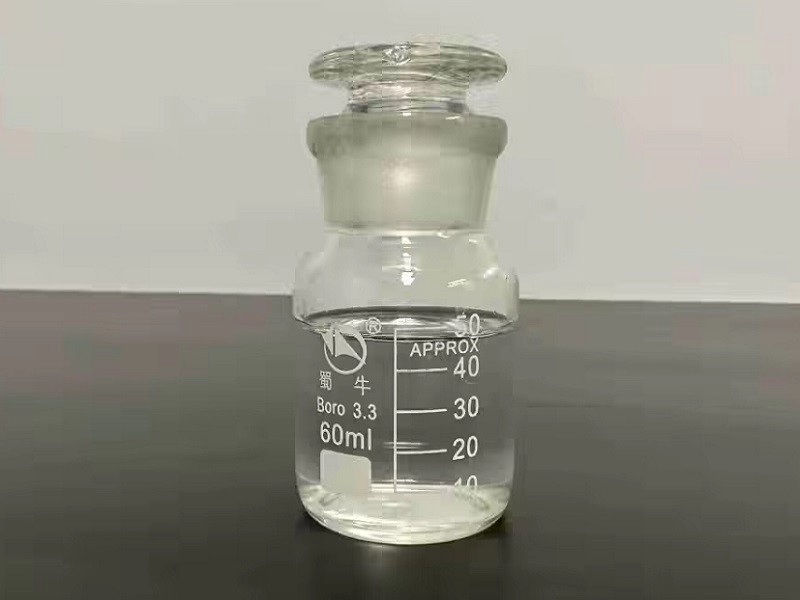We unleash your business potential by maximize the business innovation.
Send EmailDichloromethane, R 30, narkotil, solaesthin, solmethine, Plastisolve, Refrigerant 30, Dichloromethane, Methane dichloride, Methylene chloride, Methylene dichlorid, 75-09-2
Dichloromethane
CAS: 75-09-2
Molecular Formula: CH2Cl2
Names and Identifiers
| Name | Dichloromethane |
| Synonyms | R 30 narkotil solaesthin solmethine Plastisolve Refrigerant 30 Dichloromethane Methane dichloride Methylene chloride Methylene dichloride |
| CAS | 75-09-2 |
| EINECS | 200-838-9 |
| InChI | InChI=1/CH2Cl2/c2-1-3/h1H2 |
Physico-chemical Properties
| Molecular Formula | CH2Cl2 |
| Molar Mass | 84.93 |
| Density | 1.325 |
| Melting Point | -97℃ |
| Boling Point | 39-40℃ |
| Water Solubility | 20 g/L (20℃) |
| Refractive Index | 1.4242 |
| Physical and Chemical Properties | Appearance and properties: colorless transparent liquid, aromatic odor. melting point (℃): -96.7 boiling point (℃): 39.8 relative density (water = 1): 1.33 relative vapor density (Air = 1): 2.93 saturated vapor pressure (kPa): 30.55(10 ℃) heat of combustion (kJ/mol): 604.9 critical temperature (℃): 237 critical pressure (MPa): 6.08 logarithm of octanol/water partition coefficient: 1.25 ignition temperature (℃): 615 Upper Explosive limit%(V/V): 19 lower explosive limit%(V/V): 12 solubility: slightly soluble in water, soluble in ethanol, ether. |
| Use | Used as a solvent in the resin and plastic industries. Widely used in pharmaceutical, plastic and film industries. |
Risk and Safety
| Hazard Symbols | Xn - Harmful |
| Risk Codes | R40 - Limited evidence of a carcinogenic effect |
| Safety Description | S23 - Do not breathe vapour. S24/25 - Avoid contact with skin and eyes. S36/37 - Wear suitable protective clothing and gloves. |
| UN IDs | UN 1593/1912 |
Upstream Downstream Industry
| Raw Materials | Methyl alcohol Chlorine |
| Downstream Products | Triazophos Chlorimuron-ethyl Amoxicillin Cefradine nimesulide Mitomycin Adriamycin |
Nature
colorless transparent volatile liquid. Has a pungent odor similar to that of an ether. Soluble in about 50 times of water, soluble in phenol, aldehyde, ketone, glacial acetic acid, triethyl phosphate, ethyl acetoacetate, cyclohexylamine. Mixed with other chlorinated hydrocarbon solvents and ethanol, diethyl ether and N,N-dimethylformamide
Soluble. The relative density was 1. 3266. Melting Point -9 5.1 °c. The boiling point was 40 °c. Spontaneous ignition point 640. Viscosity (20 deg C) 0.43mPa.s. Refractive index 4244. The critical temperature is 245 ℃ and the critical pressure is 6. 171MPa. After pyrolysis, HC1 and trace amounts of phosgene were generated, and the formaldehyde and HC1 were generated by long-term heating with water. Further chlorination, CHCl3 and CCl4 were obtained.
Preparation Method
- Natural gas chlorination reaction of natural gas and chlorine, after absorption of hydrogen chloride by water and by-production of hydrochloric acid, the residual trace of hydrogen chloride is removed with alkali solution, and then dried, compressed, condensed and distilled to obtain the finished product.
- methyl chloride chlorination methyl chloride and chlorine in the 4000kw light reaction to generate methylene chloride, alkali washing, compression, condensation, drying and distillation to obtain the finished product. The main by-product was chloroform.
Use
This product is not only used for organic synthesis, but also widely used as cellulose acetate film, cellulose triacetate spinning, petroleum dewaxing, aerosol and antibiotics, vitamins, steroids in the production of solvents, and the metal surface paint layer cleaning degreasing and stripping agent. In addition, it is also used for grain fumigation and refrigeration of low-pressure refrigerators and air conditioners. It is used as an auxiliary blowing agent in the production of Polyether urethane foams and as a blowing agent for extruded polysulfone foams.
Safety
- the toxicity is very small, and the consciousness is faster after poisoning, so it can be used as an anesthetic. Irritant to skin and mucous membrane. Young adult rats oral ld501.6ml/kg. The maximum allowable concentration in air is 500 × 10-6. The operation should wear a gas mask, found immediately after poisoning from the scene, symptomatic treatment.
- with galvanized iron drum closed packaging, 250kg per barrel, train tank car, car can be transported. Should be stored in the cold dark dry, well-ventilated place, pay attention to moisture.

, Metilen Klorür, Metilen Biklorür, Narkotil, Metilen Klorid, 75-09-2_1.jpg)
_1.jpg)